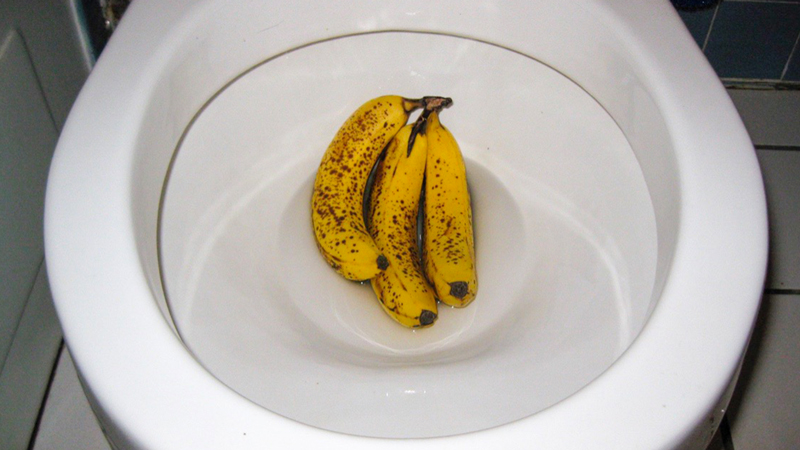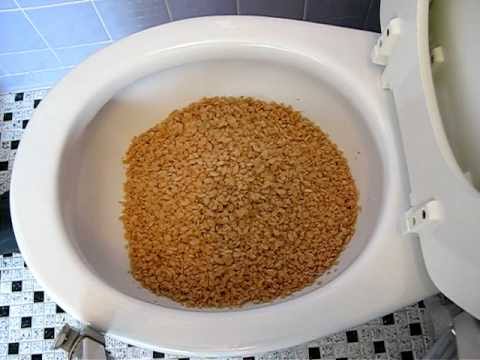What are your opinions on Think Twice Before Flushing Food Down Your Toilet?

Intro
Many people are frequently confronted with the dilemma of what to do with food waste, especially when it involves leftovers or scraps. One typical question that arises is whether it's okay to purge food down the toilet. In this article, we'll look into the reasons individuals may consider flushing food, the repercussions of doing so, and alternate methods for appropriate disposal.
Reasons that people may take into consideration purging food
Lack of awareness
Some individuals may not understand the possible injury brought on by purging food down the commode. They might wrongly believe that it's a safe technique.
Ease
Flushing food down the commode might appear like a quick and simple remedy to dealing with unwanted scraps, especially when there's no neighboring garbage can readily available.
Negligence
In some cases, individuals may simply select to flush food out of sheer idleness, without considering the effects of their actions.
Effects of flushing food down the commode
Environmental influence
Food waste that winds up in rivers can contribute to contamination and injury marine ecological communities. Additionally, the water utilized to flush food can strain water resources.
Plumbing concerns
Purging food can result in stopped up pipes and drains, causing pricey pipes fixings and hassles.
Types of food that should not be flushed
Fibrous foods
Foods with coarse structures such as celery or corn husks can get tangled in pipelines and cause obstructions.
Starchy foods
Starchy foods like pasta and rice can absorb water and swell, leading to blockages in pipelines.
Oils and fats
Greasy foods like bacon or food preparation oils must never be flushed down the commode as they can strengthen and create blockages.
Appropriate disposal approaches for food waste
Utilizing a waste disposal unit
For homes geared up with garbage disposals, food scraps can be ground up and purged through the pipes system. Nonetheless, not all foods are suitable for disposal in this way.
Recycling
Specific food packaging products can be recycled, minimizing waste and decreasing ecological effect.
Composting
Composting is an eco-friendly method to deal with food waste. Organic products can be composted and utilized to enhance dirt for gardening.
The importance of correct waste management
Minimizing environmental damage
Proper waste management techniques, such as composting and recycling, assistance reduce contamination and maintain natural deposits for future generations.
Safeguarding plumbing systems
By preventing the technique of flushing food down the toilet, house owners can avoid pricey pipes fixings and maintain the honesty of their pipes systems.
Final thought
To conclude, while it may be tempting to purge food down the bathroom for benefit, it is necessary to comprehend the prospective repercussions of this activity. By adopting correct waste administration practices and throwing away food waste properly, people can add to healthier pipes systems and a cleaner environment for all.
FLUSH FOOD DOWN THE TOILET?
FLUSHING FOOD CAN CAUSE BLOCKED DRAINS IN YOUR HOME
All of the plumbing fixtures in your home are connected to the same sewer pipe outside of your home. This outdoor sewer pipe is responsible for transporting all the wastewater from your home to the Council sewer mains. Even small pieces of food that go down the kitchen sink can cause problems for your sewer. It should therefore be obvious that flushing larger bits of food, such as meat, risks a clog in either the toilet itself or the sewer pipes. Flushing greasy food is even more problematic because oil coagulates when it cools, coating the interior lining of your pipes.
THE TOILET IS NOT A BIN
Food isn’t the only thing that people shouldn’t be flushing down the toilet. People use the toilet to dispose of all kinds of things such as tampons, makeup wipes, dental floss, kitty litter and even underwear. Water goes to great lengths to educate residents about the high costs and stress placed on wastewater treatment systems simply from people flushing the wrong stuff down the toilet. It costs taxpayers millions of dollars each year, and homeowners thousands in blocked drain repairs.
FLUSHING FOOD IS A WASTE OF WATER
Flushing food is a waste of our most precious resource - water. In June this year Level 1 water restrictions were introduced to protect water supply from drought conditions. Much of New South Wales continues to be affected by prolonged drought with recent figures revealing up to 97 per cent of the state remains in drought. Depending on whether you have a single or dual flush toilet, every single flush uses between five and 11 litres of water. In the current climate this is a huge amount of water to be wasting on flushing food that should be placed in the bin (or better yet, the compost).
https://www.jabplumbingsolutions.com.au/blog/can-you-flush-food-down-the-toilet

As an enthusiastic person who reads on Think Twice Before Flushing Food Down Your Toilet, I thought sharing that segment was smart. If you please pause to share this write-up if you enjoyed it. I praise you for being here. Come back soon.
Check It Out